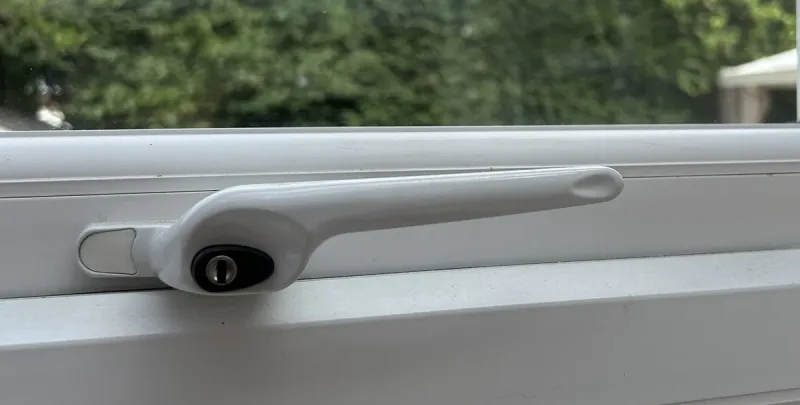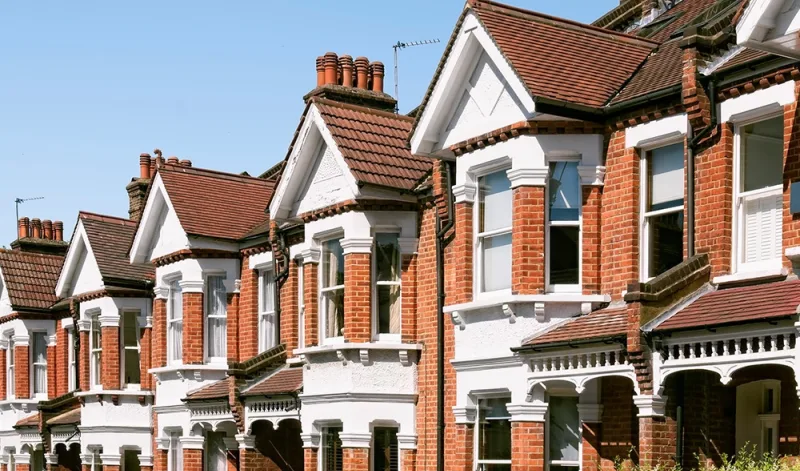Flood Insurance Claims
The amount of insurance claims due to flooding damage in Cumbria and southern Scotland is estimated to have reached £100 million. The Association of British insurers estimates this figure will rise as over 1500 homes have already been flooded with more flooding forecasted in the near future. The Association of British Insurers (ABI) says that the average cost of flood damage to homes is between £20,000 and £40,000. Residents affected by kast week’s ‘one in a thousand year’ downpour are still suffering from the loss of their personal possessions and many have still been unable to return to their home to assess the damage to their contents and buildings. The epicentre of the torrential rain and flooding has been the town of Cockermouth which is struggling to recover from the shock of being under water. Residents who have managed to return to their homes have found sludge and sewage have destroyed the contents possessions in the downstairs areas of their homes. Residents can expect to flood damage to take up to one year to dry out.
The flooding was caused by over 12 inches of rain falling over a 24-hour period which is a new record. During the emergency water levels rose to dangerous levels and within one hour over 60 local residents had to be evacuated to nearby shelters. Sadly the flooding emergency also caused the death of two people. The speed of the rising water levels was so severe that many people had to be rescued by the emergency services by boat and by helicopter. Flooding also meant that 5000 households were without electricity power.
Local businesses have also been hit and will need to hope that their commercial buildings policies will cover the damage caused to shops, offices, stop and equipment and machinery. Commercial building insurance is becoming increasingly expensive as insurers continually reassess the risks of the impact of flooding before accepting new policyholders. The record rainfall has also prompted the government to send out soldiers to assist in the cleanup operation in the hardest hit towns and villages. Soldiers from the 39th Regiment Royal Artillery have been deployed to speed up immediate cleanup operations. Despite the horrendous damage and rising level of home insurance claims the overall flooding is not as severe as the sum of 2007 short insurance industry paying out over £3 billion as a result of the UK wide flooding.
The cost of damage to infrastructure is also going to hit insurers hard. Major transport links have been damaged such as the collapsed bridges which will also mean local authorities submitting huge claims. It is likely it will take years for the local economy to be rebuilt and infrastructure replaced. Six bridges in Cumbria have collapsed and authorities are inspecting over 1800 other bridges to assess their structural integrity and safety. Bad weather also hampered transport links and scheduled events in other parts of the country, causing more headaches for insurance company claims departments.
The flooding once again brings into the spotlight the issue of continued urbanisation and lack of integrated planning (both nationally and locally) to avoid building homes on flood plains. Meanwhile the insurance industry continues to lobby the government to assist in improving flood defences. Currently the responsibility for preventing floods is shared between the Environment Agency, the Highways Agency, local councils and the Met office. Commentators have once again pointed to the threat of global warming and the predicted severity and frequency of extreme weather patterns such as flooding, storms and even heat waves.
Worried local residents who have experienced flooding in their homes will need to check their home insurance policy to see whether it covers any payments for temporary accommodation and the extent to which claims can be made against contents and buildings. Meanwhile the worst is still not over. There are still four severe flood warnings posing a threat of ‘extreme danger to life and property’.





























